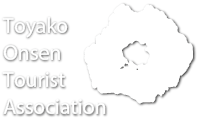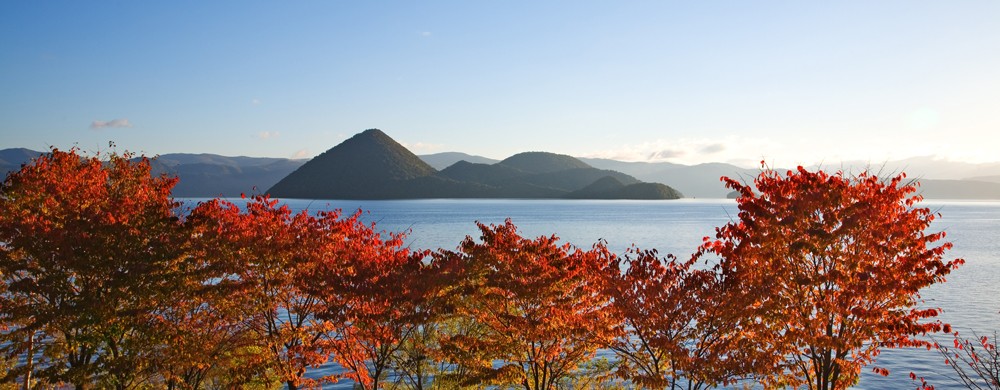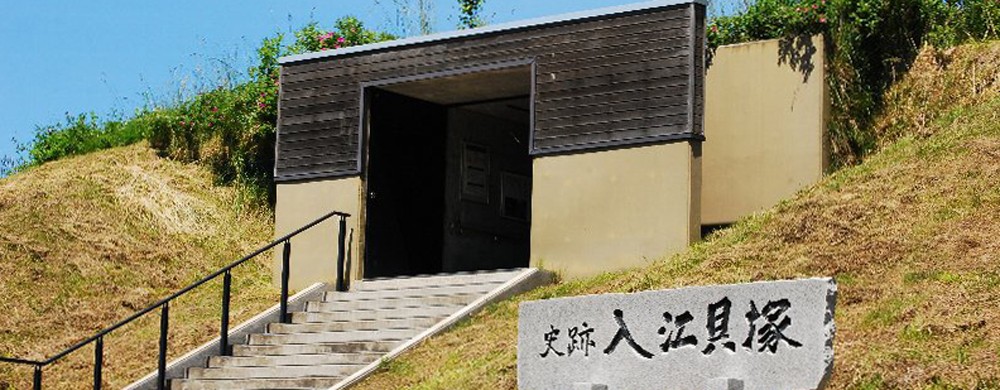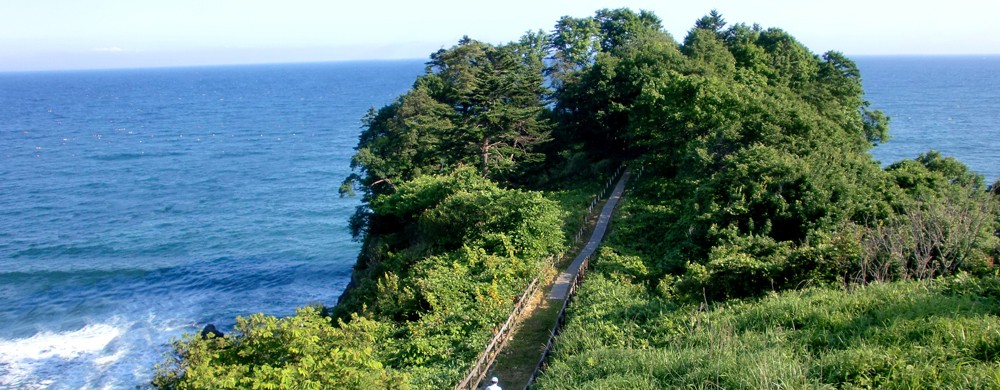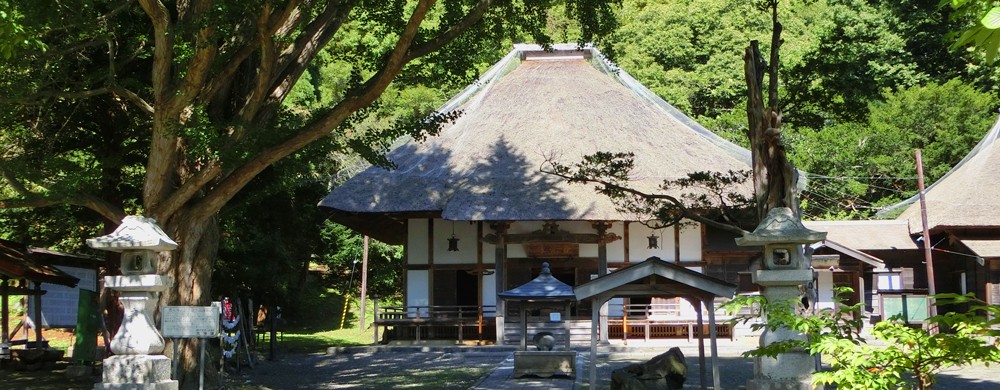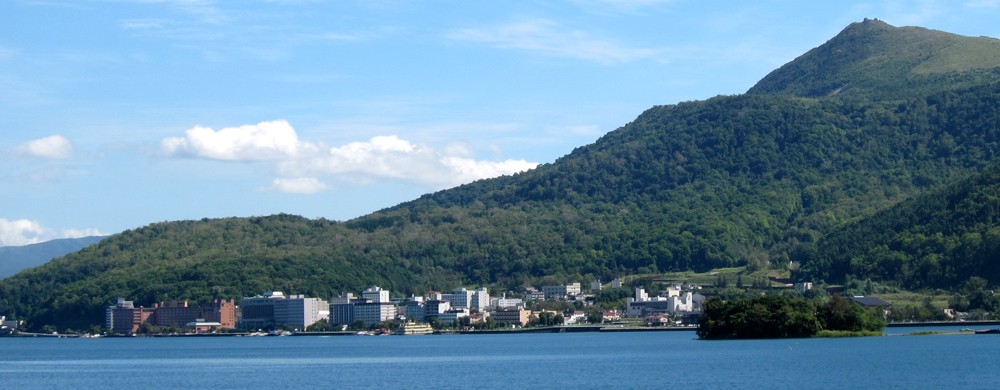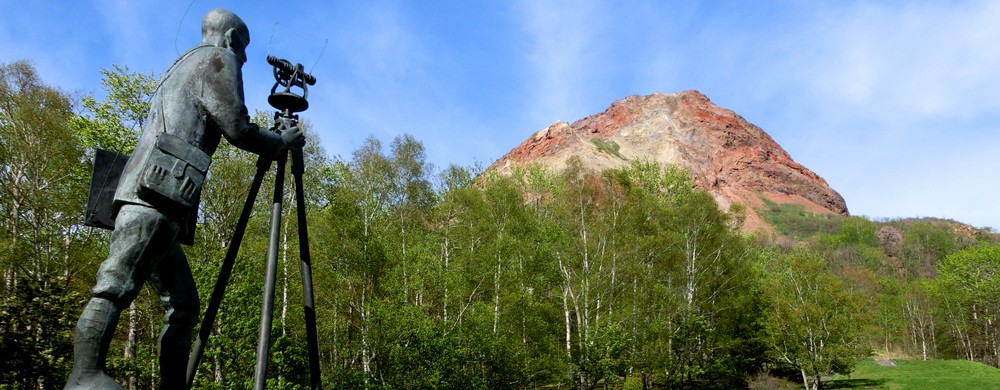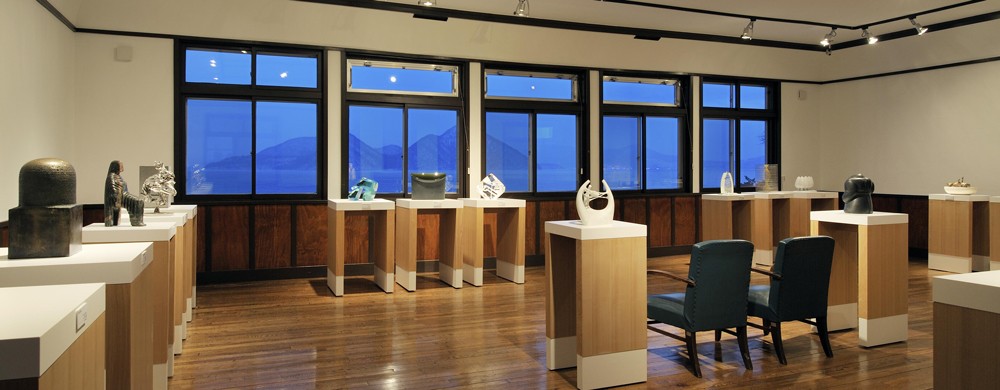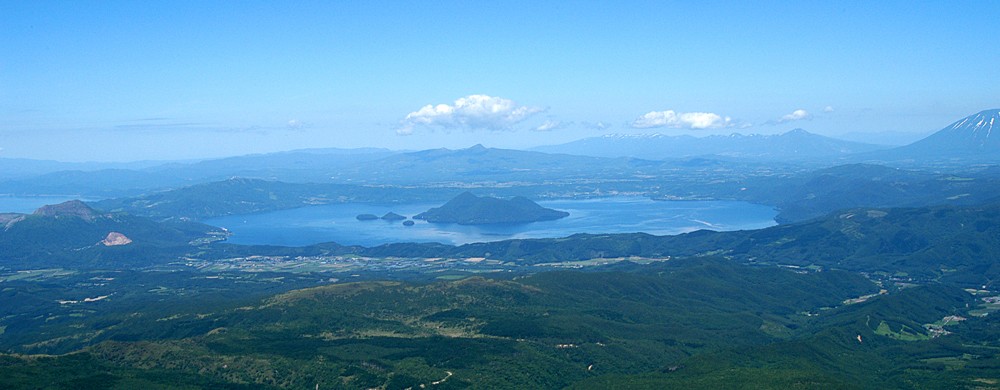
Toya Caldera
About 110,000 years ago, a huge eruption occurred in the area where the present Lake Toya is located. The huge pyroclastic flow that arose with the eruption spreads while burning out the surrounding area and fills the area to create a flat hilly topography. Currently, this topography is used, and a wide range of sunny upland fields and pastures are spread. Water accumulated in the caldera about 10 km in diameter formed by this eruption became the present Lake Toya. Eruptions of this magnitude are the largest eruptions in island arc systems such as the Japanese Archipelago, and have only occurred nine times in the past 120,000 years on the Japanese Archipelago.

